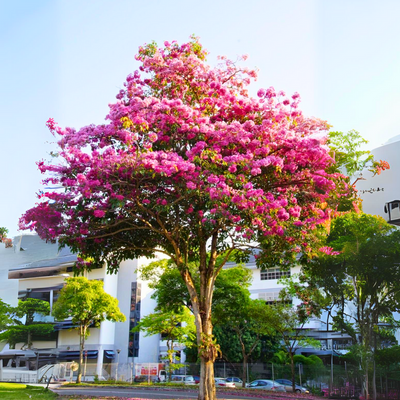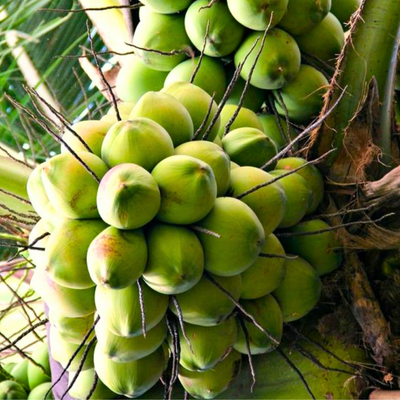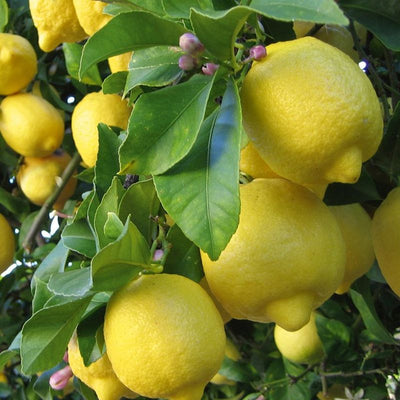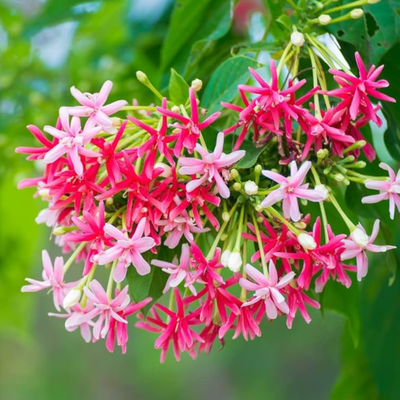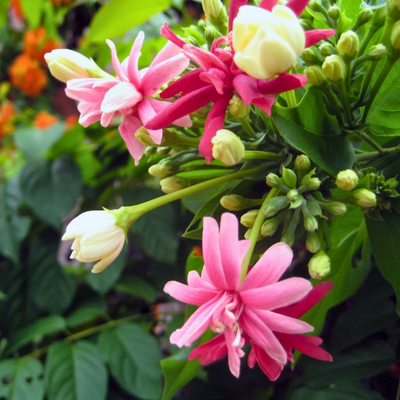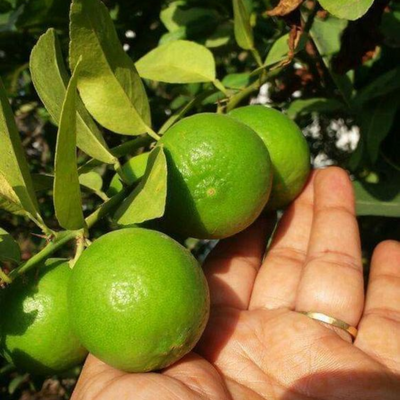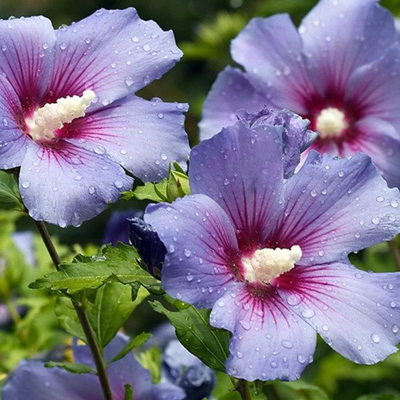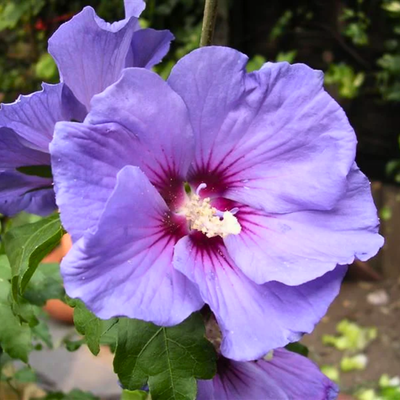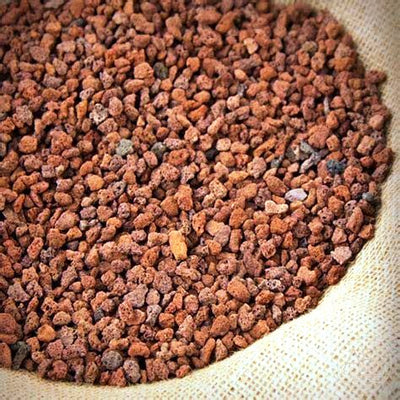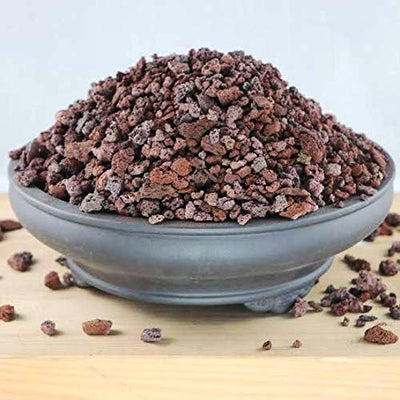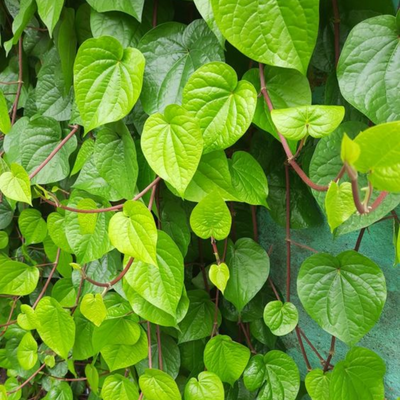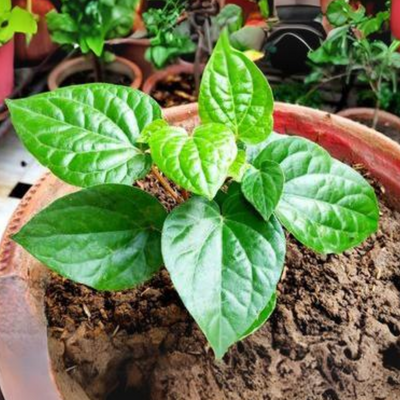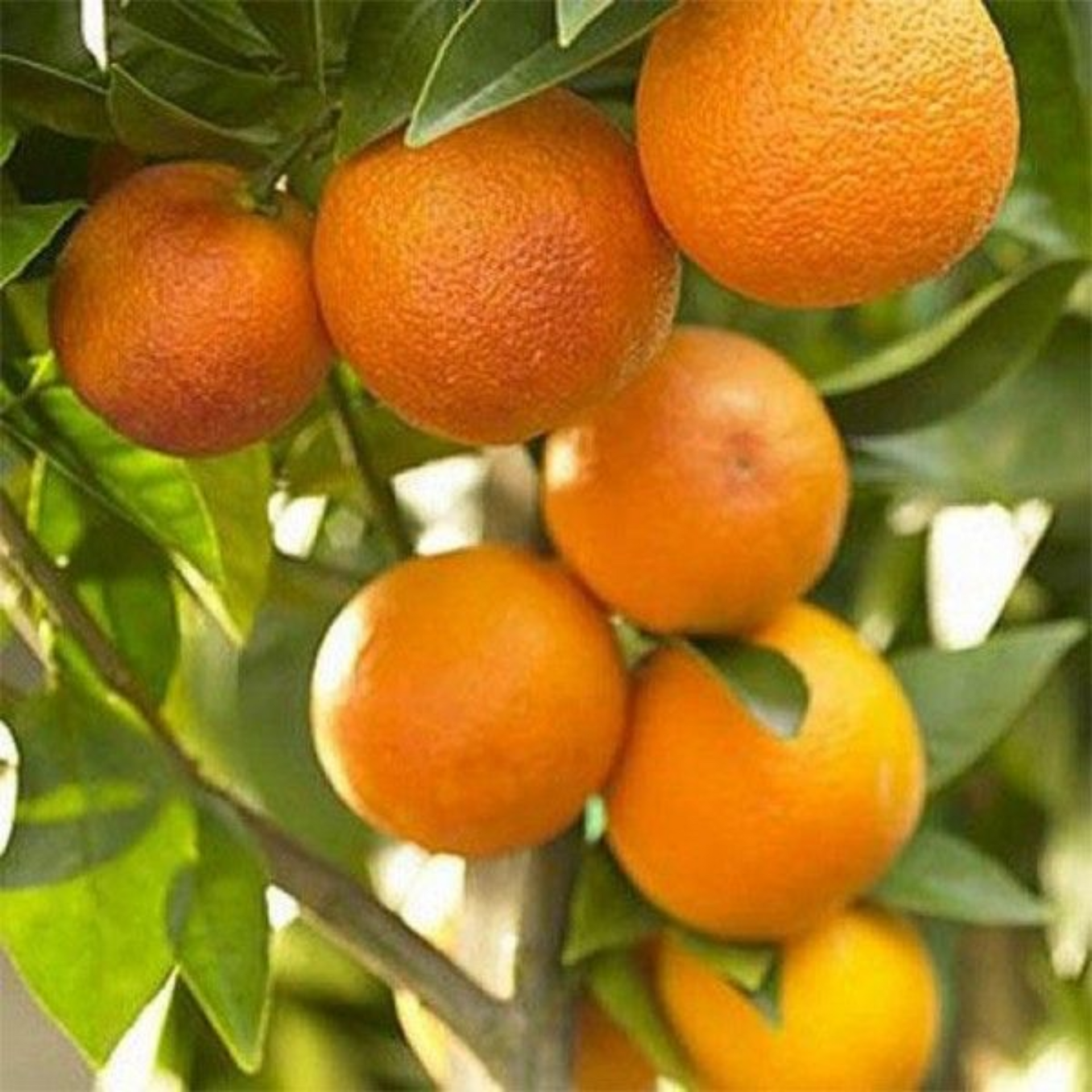
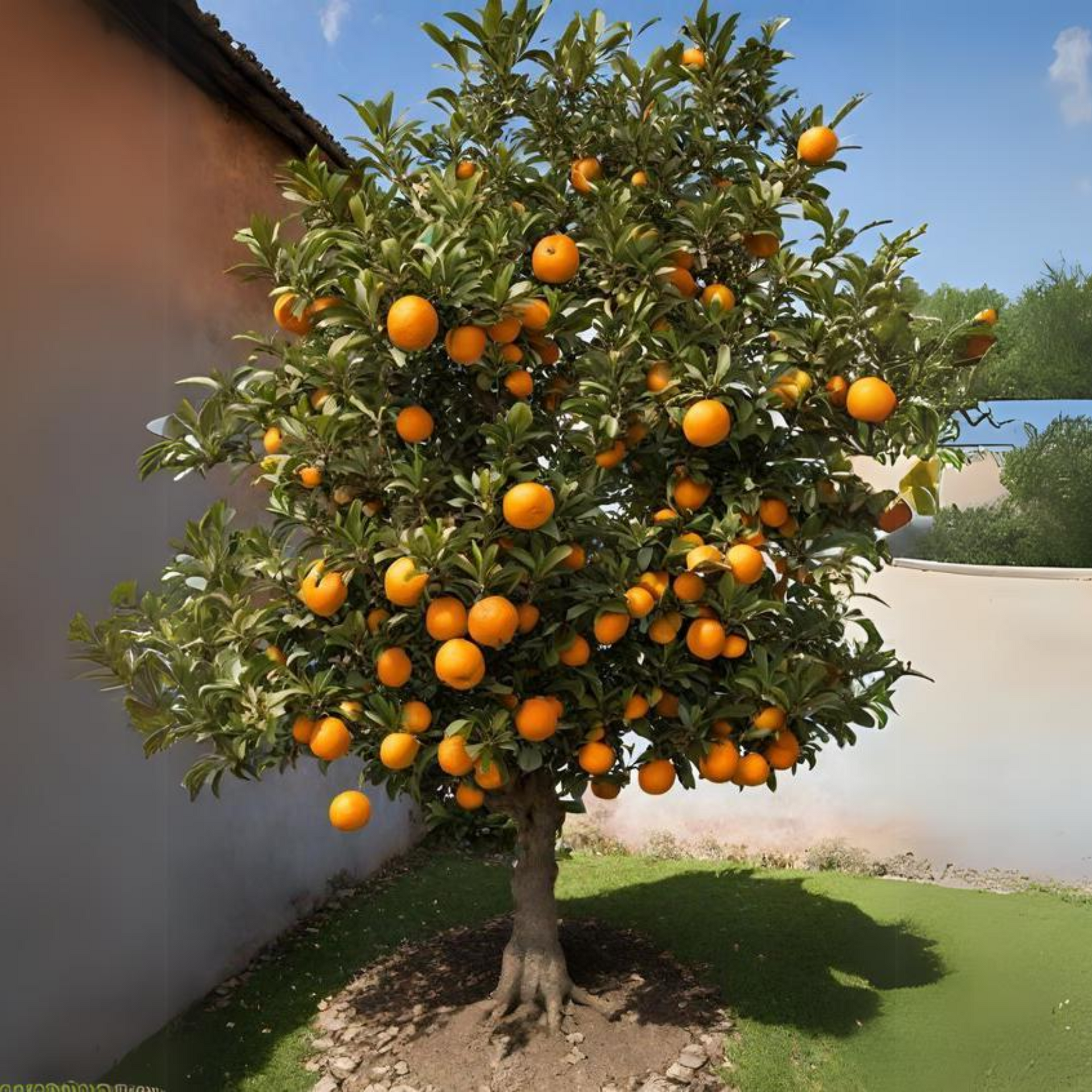

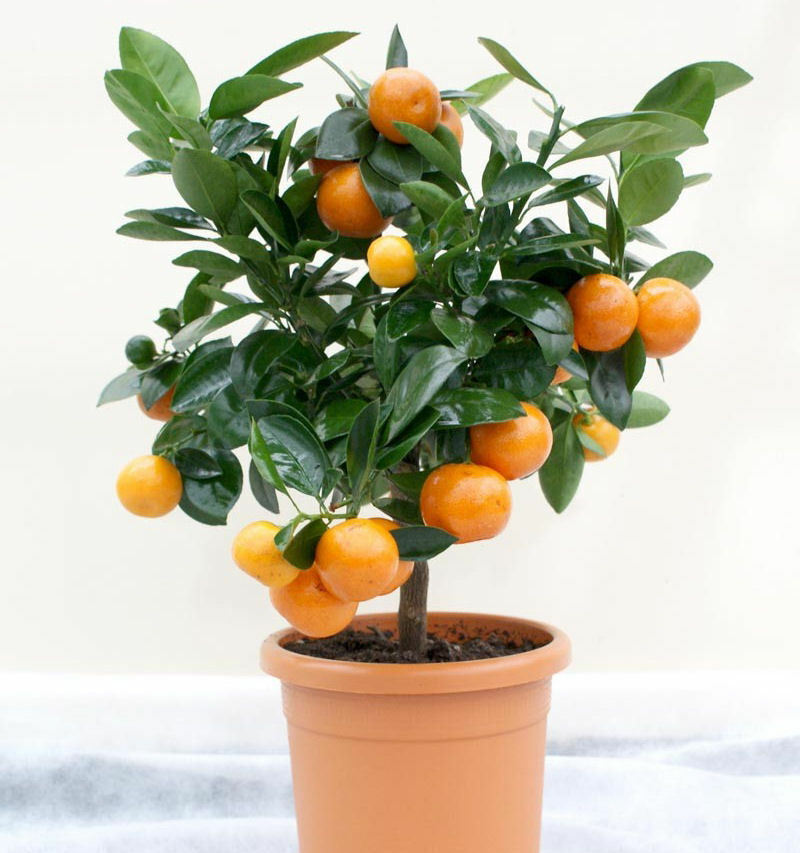
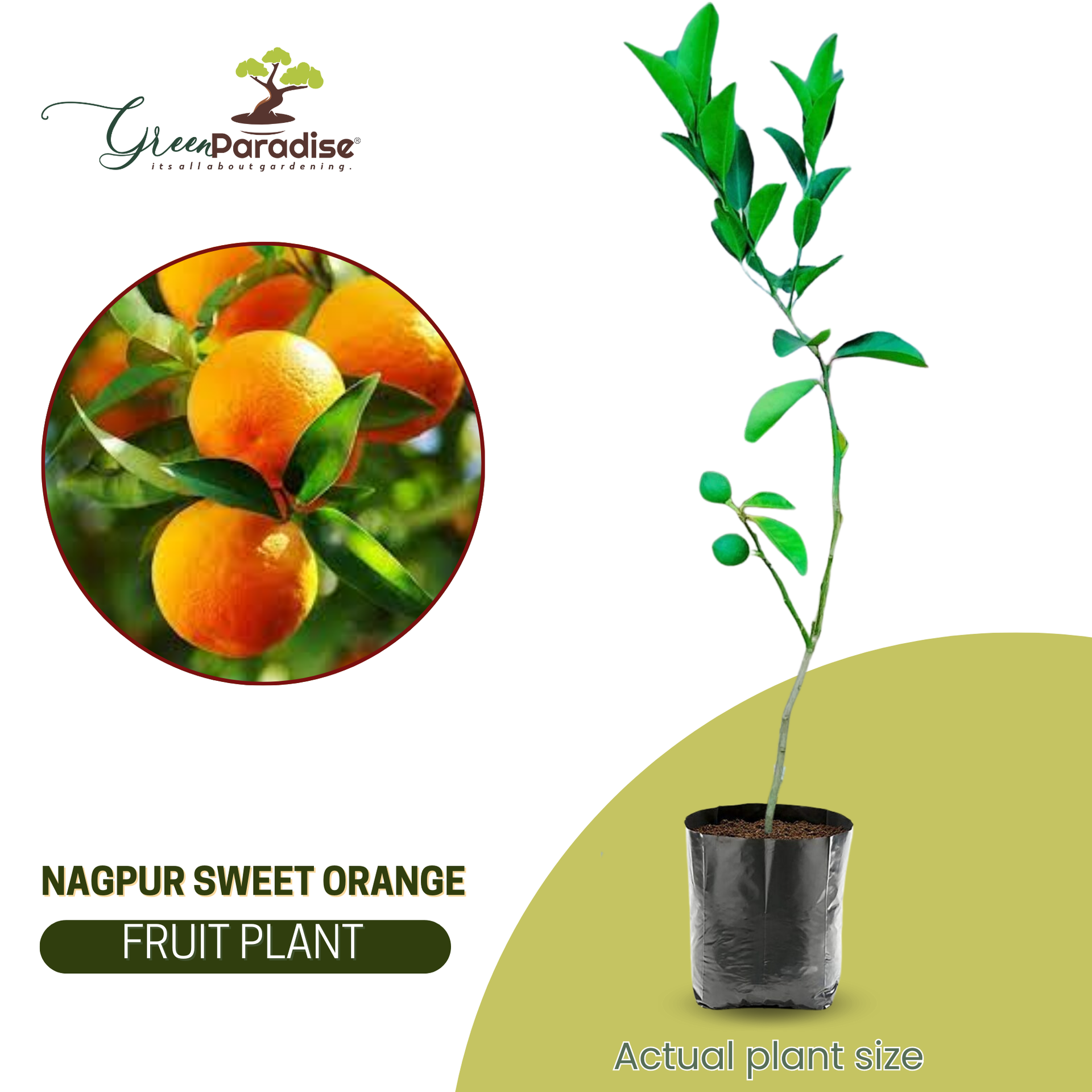
Bonsai suitable Delicious SWEET NAGPUR ORANGE Plant All Season1 Live Plant
Guaranteed Safe Checkout
Green Paradise Offers Healthy &
Beautiful Sweet Nagpur Orange Plant
Nagpur orange, also known as Nagpur mandarin or Nagpur Santra, is a variety of citrus fruit that is predominantly grown in and around the city of Nagpur in the Indian state of Maharashtra. It is highly regarded for its unique taste, vibrant color, and juiciness. Nagpur orange is known for its sweet and tangy flavor with a hint of acidity, making it a popular choice among citrus fruit lovers.
Here are some key features and information about Nagpur orange plants:
Variety and Origin:
-
Nagpur orange belongs to the Citrus reticulata species, which includes mandarins and tangerines.
-
The variety grown in Nagpur is known as "Nagpur Santra" or "Nagpur Mandarin."
-
Nagpur, located in central India, has a favorable climate and soil conditions that are suitable for growing these oranges.
Appearance:
-
Nagpur oranges are medium-sized fruits with a bright orange rind that is relatively easy to peel.
-
The flesh inside is tender, juicy, and divided into segments filled with pulpy juice.
-
The seeds may vary in number and are generally few in each fruit.
Flavor and Aroma:
-
The fruit has a rich aroma and a delightful balance of sweetness and tartness.
-
The taste is mildly acidic, making it refreshing and enjoyable to eat.
Nutritional Value:
-
Nagpur oranges are a good source of vitamin C, dietary fiber, and various essential minerals like potassium and calcium.
-
They are low in calories and contain antioxidants that help boost immunity and promote overall health.
Seasonality:
-
The peak season for Nagpur oranges is typically during the winter months, from November to February.
-
However, the fruits can be found in the market from October to March, depending on the weather conditions.
Culinary Uses:
-
Nagpur oranges are versatile and can be enjoyed in various ways.
-
They can be consumed fresh as a snack or used in salads, desserts, and juices.
-
The juice extracted from these oranges is often used in beverages and culinary preparations for its distinct flavor.
Economic Significance:
-
Nagpur orange cultivation is an essential part of the agricultural economy in the region.
-
The fruit is highly valued both domestically and internationally, with significant exports to countries like the United Arab Emirates, Bangladesh, and Nepal.
Nagpur oranges have gained recognition for their unique flavor and quality. The citrus industry in Nagpur plays a crucial role in supporting the livelihoods of farmers and contributing to the local economy.
How To Grow Nagpur Orange
To grow Nagpur orange plants, also known as Nagpur mandarins or Nagpur sweet oranges, you need to follow certain steps and provide the appropriate growing conditions. Then is a general companion to help you get started
Climate and Location:
Nagpur oranges thrive in subtropical to tropical climates.
They require a warm and humid environment with temperatures ranging between 15°C to 40°C (59°F to 104°F).
Select a location with full sun exposure for at least 6 to 8 hours a day.
Soil Preparation:
Choose well- draining soil that's rich in organic matter.
Loosen the soil and remove any weeds or debris from it.
Incorporate compost or well-rotted manure into the soil to improve fertility and drainage.
Planting:
Nagpur orange trees can be grown from seeds or propagated through grafting or budding for faster and more consistent results.
If planting from seeds, collect fresh seeds from ripe Nagpur oranges, rinse them, and plant them about 1 inch deep in seedling trays or pots filled with a seed-starting mix.
Keep the soil consistently moist, and germination should occur within 2 to 4 weeks.
If propagating through grafting or budding, it's advisable to seek guidance from a local nursery or horticulturist for assistance.
Care and Maintenance:
Regularly water the plants to keep the soil moist but not soggy.
Young trees require more frequent watering than established ones.
Mulch around the base of the tree with organic matter like wood chips or straw to retain moisture, suppress weed growth, and regulate soil temperature.
Fertilize the plants every 2 to 3 months using a balanced citrus fertilizer according to the package instructions. Avoid over-fertilization as it can harm the tree. Prune the tree annually during the dormant season to remove dead or diseased branches, promote airflow, and shape the tree.
Monitor the tree for pests and diseases, such as aphids, scales, citrus leaf miner, and fungal infections. Take appropriate measures, such as using organic insecticides or contacting a local extension service for guidance.
Harvesting:
Nagpur oranges typically ripen in winter, usually from December to February.
Wait until the fruit reaches its mature color, which is a deep orange, before harvesting.
Remove the fruit from the tree by gently twisting or cutting it, leaving a small stem attached.
Store the harvested oranges in a cool, well-ventilated place or refrigerate them for extended shelf life.
Remember that specific growing conditions may vary based on your location and local climate. It's always beneficial to consult with local gardeners, nurseries, or agricultural extension services for region-specific advice.



